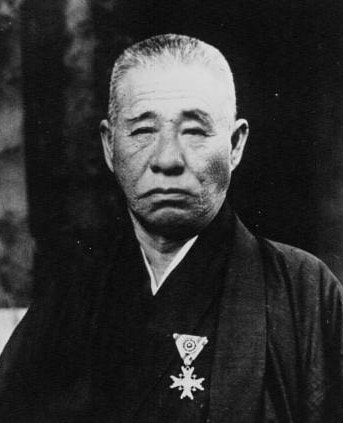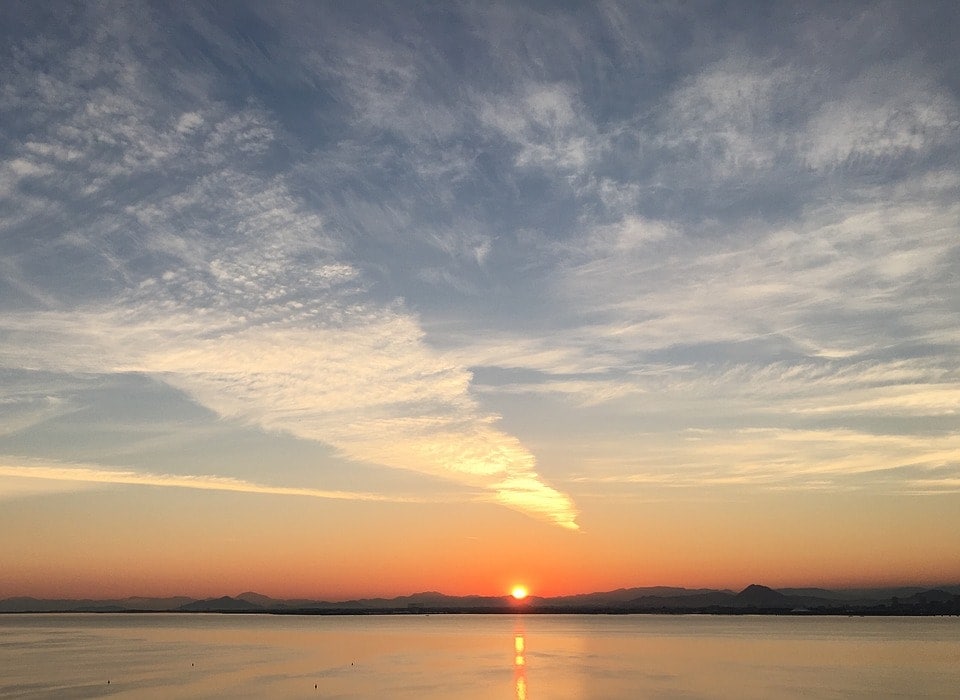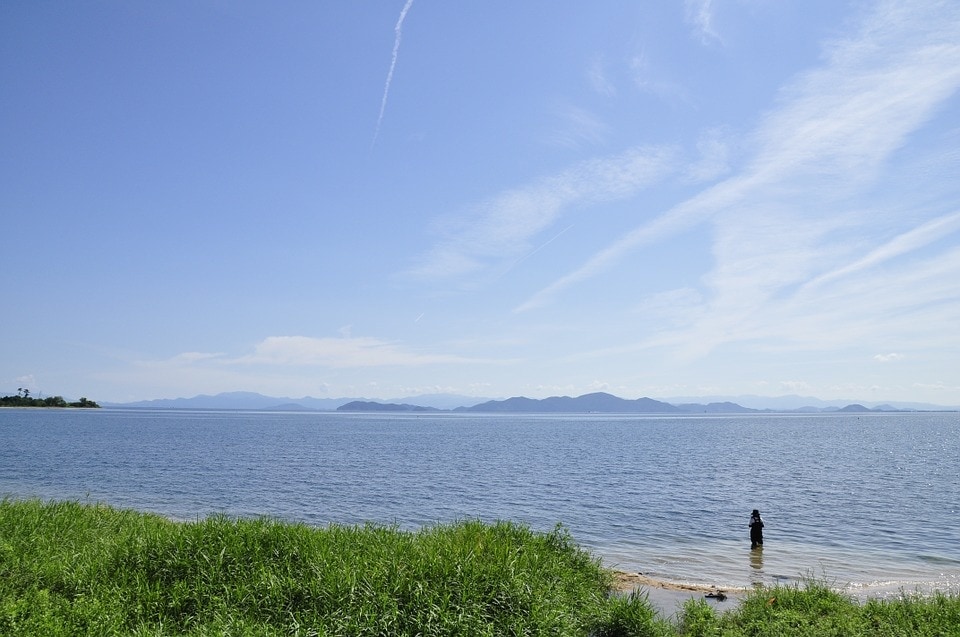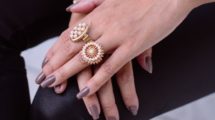Biwa pearls refer to the pearls that came from Lake Biwa, Japan. These were the forerunners to today’s freshwater pearls and were so popular that, until recently, all freshwater pearls were called Biwas.
Today, while Biwa pearl production has all but ceased, these pearls continue to be popular and sought after.
Here’s a look at the history of Biwa pearls.
What Are Biwa Pearls?
The original Biwa pearls were those cultured in Lake Biwa, in Japan. But to understand what exactly they were, we need to go back a little to the advent of cultured pearls.

The man himself – Kokichi Mikimoto
Kokichi Mikimoto (yes, the founder of Mikimoto Pearls) was the first to create commercially viable cultured pearls. He changed the pearl industry, turning it on its head. Suddenly, wild pearls were no longer in the limelight – instead, farmed or cultured pearls became the in thing.
Mikimoto then began to experiment in Lake Biwa with mussels instead of oysters and with mantle tissue irritants instead of beaded nuclei. A piece of mantle tissue was grafted into the mussel which was then left to secrete nacre over the irritant.
Because the tissue was of no particular shape, the resulting pearls were wildly irregular in shape, typically long, stick-like and bumpy. The solid nacre of the pearls made for pearls with higher iridescence and more intriguing colors.
The experiments at Lake Biwa set the precedent for freshwater pearls, which followed next. Because mussels could be planted with many pieces of mantle tissue, this meant that several freshwater pearls could be harvested from a single mussel. And because the pearl was solid nacre, it meant that it was more durable and had beautiful light play, iridescence and color. Biwa pearls were also typically affordable.
The Fall of the Biwa Pearl
As the predecessor of the modern freshwater pearl, the Biwa pearl became popular around the 1930s and continued well into the 20th century. This was when cultured pearls began taking over the pearl industry as the natural pearl supply began to seriously dwindle. So popular were these pearls that all freshwater pearls were called Biwa pearls.

Lake Biwa is too polluted for pearl farming.
However, after a while, the Biwa pearl also began to decline. This was mainly because of the competition from China which began to create freshwater pearls in large supply. Also, Lake Biwa had become polluted and was no longer suitable for the farming of mussels.
Today, there are hardly any Biwa pearls produced from Lake Biwa. While sometimes ‘Biwa’ pearls are produced in China, these aren’t accepted as original Biwas. If you want the real thing from Lake Biwa, the best option is to look for pearls from the original Biwa pearl production period.
What Makes Biwa Pearls So Special?
Biwa pearls weren’t any different in composition to a freshwater pearl, but the fact that it was the first of its kind to be cultured, gave it a distinct position.
The people who look for Biwa pearls today are either collectors, vintage lovers or those looking to acquire something unique.
What’s in a Name? The Controversy of the Name Biwa
Another point to note is that if you go onto an online marketplace and search for Biwa pearls, you’ll come across a wide range of Biwa pearls on offer. These are normal freshwater pearls typically from China. However, they tend to be long and stick-like in shape. These stick pearls are sometimes referred to as Biwa pearls. This is simply a reference to its shape and not to its place of origin.
What’s happened is that over time, Biwa has become a generic name used to refer to stick shaped freshwater pearls. These, of course, aren’t genuine Biwa pearls from Lake Biwa and as such the name Biwa is misleading when used to refer to them.
If a retailer is selling Biwa pearls that aren’t actually from Lake Biwa, then they’re not complying with a Federal Trade Commission ruling that states that only pearls originating from the lakes and freshwater bodies of Japan can be so called.
To Wrap Up…
You won’t come across a lot of Biwa pearls today, and if you do, chances are they’re just stick shaped freshwater pearls from China. You may find original Biwa pearls in antique or estate stores if you’re lucky.





